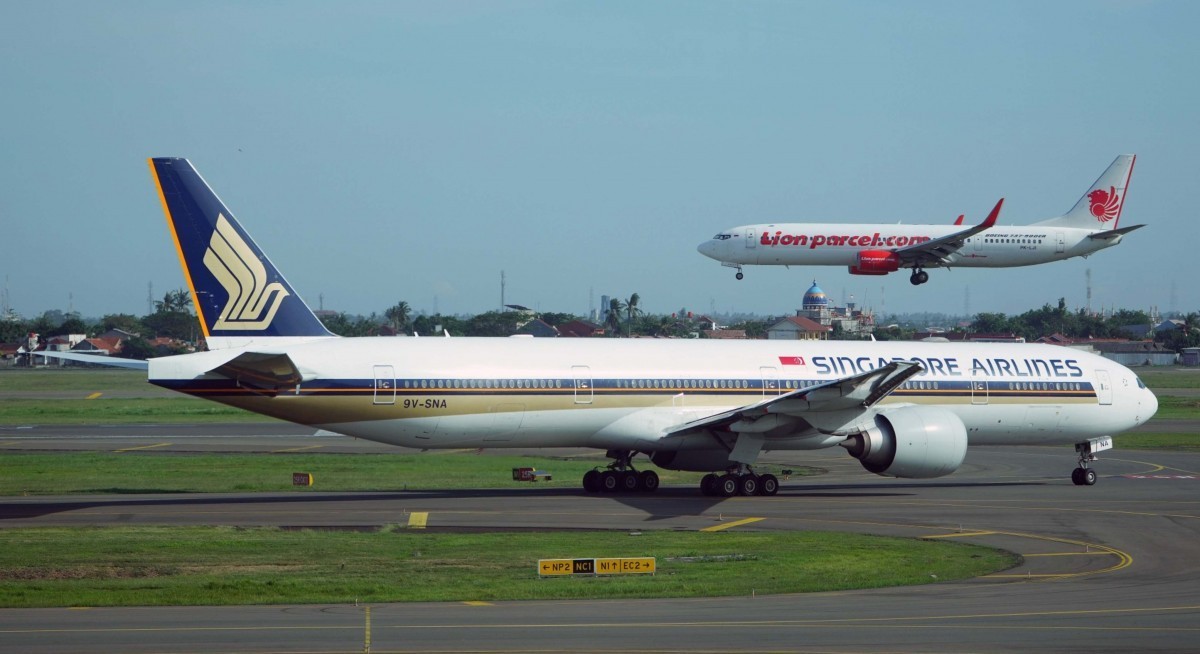SIA started equity accounting for Air India’s financial performance from December 2024, following the full integration of Vistara into Air India.
CGS International’s (CGSI) Raymond Yap thinks Air India’s weak results for 1QFY2026 may have been due to one-off compensation provisions for the 787-8 crash at Ahmedabad, India, on June 12. Air India’s subsequent financial performance may be weak. This is in light of the 15% cut in its wide-body international flights and 5% of its narrow-body flights in the immediate aftermath of the crash, according to Reuters, which also reported that Air India will restore some flights from Aug 1, with full restoration planned from Oct 1.
The analyst, who sees the 1QFY2026 numbers as below his expectations, suspects that demand for Air India, along with pricing, “may need more time to fully recover”.
He expects SIA’s share of losses for Air India to be $250 million for FY2026 and $200 million for FY2027, which is wider than the $75 million per annum previously.
Yap has downgraded the stock from “hold” to “reduce” along with a lower target price of $6.80 from $6.88.
For investors with a tactical slant, he suggests taking profit before SIA goes ex-dividend on Aug 8, when entitled shareholders will receive a payout of 30 cents per share.
In the preceding year, when SIA paid 38 cents per share, SIA’s share price corrected by a higher quantum of 66 cents from $7.53 on July 31, 2024, to $6.87 on Aug 31, 2024. “SIA’s share price is now trading at a historical price-to-book of 1.45 times, close to three standard deviations above the mean since 2011, which we view as very rich,” says Yap.
See also: Making an informed investment decision about Morningstar
Besides Air India, the sharp fall in SIA’s earnings, despite slightly higher revenue, can also be attributed to lower interest income, which declined $61 million y-o-y on the back of lower cash balances and interest rate cuts.
Still, Yap notes that SIA’s Singapore passenger and cargo businesses continued to do well, with 1QFY2026 operating profit at $405 million, up 42% q-o-q, from robust passenger volumes and supported by lower fuel costs as average jet fuel prices fell from US$90 ($116.04) per barrel in 4QFY2025 to US$81 per barrel in 1QFY2026.
During 1QFY2026, SIA also benefitted from an 8.4% q-o-q rise in cargo demand due to frontloading activity to avoid US import tariffs, leading to narrower q-o-q losses at the cargo arm.
In addition, the depreciation of the US dollar from $1.35 in 4QFY2025 to $1.30 in 1QFY2026 will benefit SIA, as approximately two-thirds of its operating costs are likely denominated in US dollars, according to Yap.
Eric Ong of Maybank Securities has also downgraded SIA to “sell” from “hold”. The airline’s 1QFY2026 earnings of $186 million were just 12% of his forecast.
At the time of his July 29 report, SIA’s share price closed at $7.60 on July 28, which, to Ong, has “run ahead” of the fundamentals.
Besides noting the lower interest income and share of losses from Air India, Ong flags that the airline’s passenger yields have narrowed further by 2.9% to 10 cents per revenue passenger-kilometre, and are now under pressure amid heightened competition, given that airlines are continuing to add capacity across the industry.
For more stories about where money flows, click here for Capital Section
The airline’s cargo business also faces an “uncertain outlook” on the back of Trump’s trade policies, which could hold back “critical business decisions that drive economic activity, and with it the demand for air cargo going forward”.
For the current FY2026, Ong has lowered his core earnings per share (EPS) estimates by 25%–29% to factor in rising non-fuel costs and weaker cargo business.
The analyst has also lowered his target price to $6.75 from $6.85 previously, still based on an FY2026 P/B of 1.25 times.
Despite the negatives, Ong sees “pockets of opportunity” after the closure of Jetstar Asia on July 31. The group will increase its capacity to various Asian destinations, including Malaysia, the Philippines, Sri Lanka and Thailand, to fill the gaps.
This also includes Scoot commencing operations to Labuan Bajo and Medan in Indonesia, as well as Okinawa in Japan, subject to regulatory and operational approvals, Ong notes.
The demand for air travel is also likely to remain “healthy” in 2QFY2026 across most of SIA’s route regions due to the traditional peak in summer.
Citi analysts Kaseedit Choonnawat, Eric Lau and Samuel Seow, meanwhile, have maintained their “sell” call and target price of $6.15.
SIA’s 1QFY2026 numbers were below their expectations. However, their discussions with investors show that there was optimism that cheaper fuel costs, which had dropped 10% q-o-q, could help support operating margins.
Besides lower fuel costs, revenue is holding up too, with “softness in pricing following four quarters of relative stabilisation, pressure from associates, and core overall capacity (in available seat km) ex-fuel pressure have overshadowed”.




